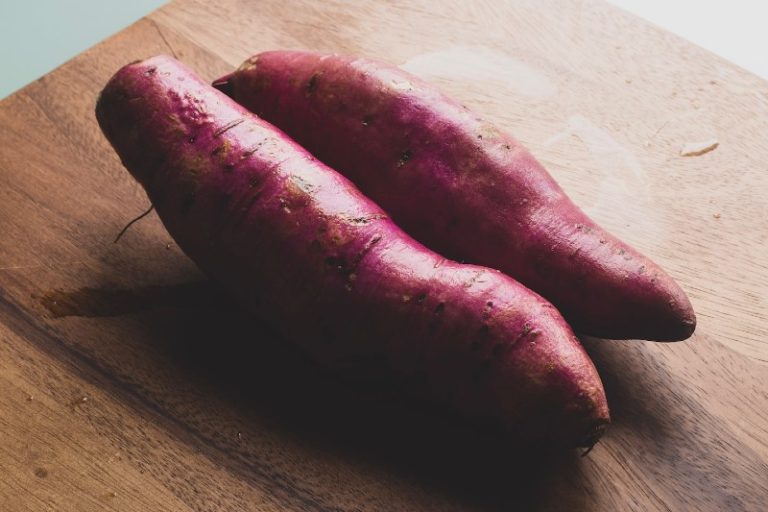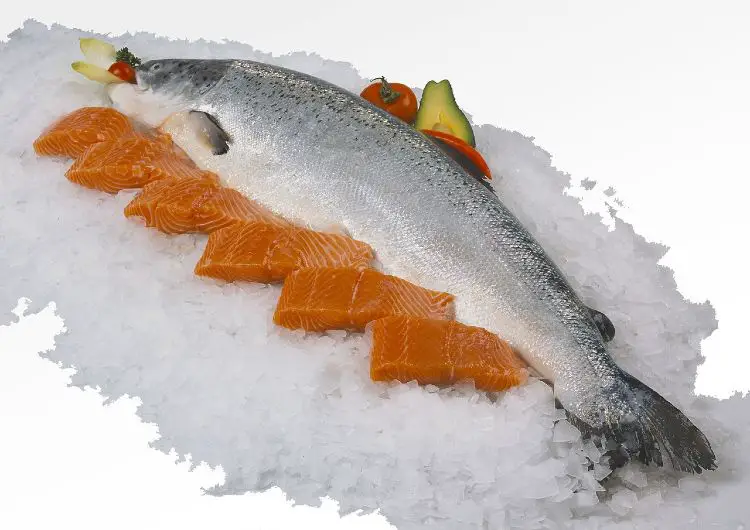Nudging Through November
November
There is wind where the rose was,
Cold rain where sweet grass was,
And clouds like sheep
Stream o’er the steep
Grey skies where the lark was.
Nought warm where your hand was,
Nought gold where your hair was,
But phantom, forlorn,
Beneath the thorn,
Your ghost where your face was.
Cold wind where your voice was,
Tears, tears where my heart was,
And ever with me,
Child, ever with me,
Silence where hope was.
Walter de la Mare (1873-1958)
All is safely gathered in: the five words that fill the kitchen gardener’s head and heart with relief and gratitude. Although November has so far been kind, I have been extremely cautious about the cold to come. I nudge my way through November: slowly, begrudgingly, pensively.
I have taken in all my tender plants, and placed them in the greenhouse, and I washed all the windows inside and out to make sure that there would be plenty of light during the winter. I have dug up the last of the autumn harvest and all my orchard fruits are safely wrapped in newspaper and tissue paper, in wooden crates in the cellar. My quince ratafia is steeping, my nasturtiums are creeping and my dog is now sleeping: November is the month of hibernation and last minute spurts of action, before the talons of icy winter claims its grip.
I have been a collector of apple and pear trees as the years have gone by, and I now have twenty different trees in my orchard. On the dessert apple category I would highly recommend Egremont Russet, James Grieve, Spartan and Laxton’s Superb, and on the culinary side you won’t find finer apples than Blenheim Orange, Grenadier and Devonshire Buckland. In my pear orchard I am growing Doyenne de Comice pears as well as Williams’ Bon Chretien, Conference and Concorde.
This is my advice to anyone who is new and uncertain in the world of harvesting: I collect my apples and pears very carefully just before they are ripe. I test each fruit in the cup of my hand and I carefully turn so that they snap at the stem. I lay them on old newspaper covered wooden fruit crates, and place them indoors on a relatively sunny window sill. Fruit ripens from the inside out and so I am very careful not to squeeze and bruise the fruit: I leave well alone and let the natural course take its own pace. I eat my pears while they are still quite firm, and I also make sure that they do not go rotten by handing them out to neighbours and friends. My redoubtable housekeeper, Mrs. Cripp, makes cakes, pies, tarts and cordials, as well as fruit salads, tagines, compotes and purees, just to ensure all the glut is used up.
So far cob nuts have been gathered into wicker baskets (for eating raw by the fire with beer, bread, cheese and chutney), as well as green walnuts (for pickling), rosehips (for making tea), herbs (for drying) and the seeds of borage, calendula, phacelia and poppies for next year’s bee border.
I also make good use of the few remaining hours of daylight: I clean out the garden shed and all my tools. I re-order seeds and new equipment. I wrap fleece around new terracotta pots that have not felt the harshness of winter and I make sure there is plenty of food left out for birds and hedgehogs. I make a note of all the things that went wrong in the kitchen garden this year and that I am hoping to improve upon next year. I cover new beds with mulch and make sure all my bushes and young trees are pruned before the worst of the winter’s winds.
There is no escaping November: the sense of urgency that time runs out; the sense of calmness, surrounded by leaves of gold and rust; the sense of foreboding for the darkness ahead. My top tips for surviving the month are:
- Make sure you bring in lots of logs for your wood burner or fire, if you have one: don’t leave this job to the last minute. If you don’t have a fire indoors, you can buy really good value fire pits for the garden: excellent for a bit of mid-winter communing with nature.
- Get out as regularly as you can: even half an hour of leaf raking a day is excellent exercise and will ensure you get a share of light and serotonin, to ward off depression.
- Don’t binge on carbohydrates all day: eat plenty of fresh fruit and vegetables to keep your health in tip top condition.
- Take time to learn: there are so many excellent garden blogs online, so many good gardening books and magazines to help you plot the year ahead in the kitchen garden.
- Don’t let alcohol be the central point of your evening: a small glass of something cheery with your dinner is the best companion.
- Plan ahead for Christmas, for New Year, for Resolutions, for the future that lies ahead: there is plenty to do in November and the busier you are the better you feel.
- Take part in your community: there are plenty of cultural events all over the country that showcase and celebrate food, gardening, art, music, drama and the world around us. Go online and find out events near you.
- Planting bulbs is therapeutic and hopeful: it need not be expensive and it will give you something really exciting to look forward to.
- Throw out or recycle the old, the cracked, the unused and the no longer beautiful. By “spring cleaning” your environment of clutter and detritus, you will feel better for it.
- Look out at your garden, balcony, patio or allotment and give thanks for all its beauty and wonder. Gratitude is next to happiness. Switch on the news and realise what a lucky person you are.


